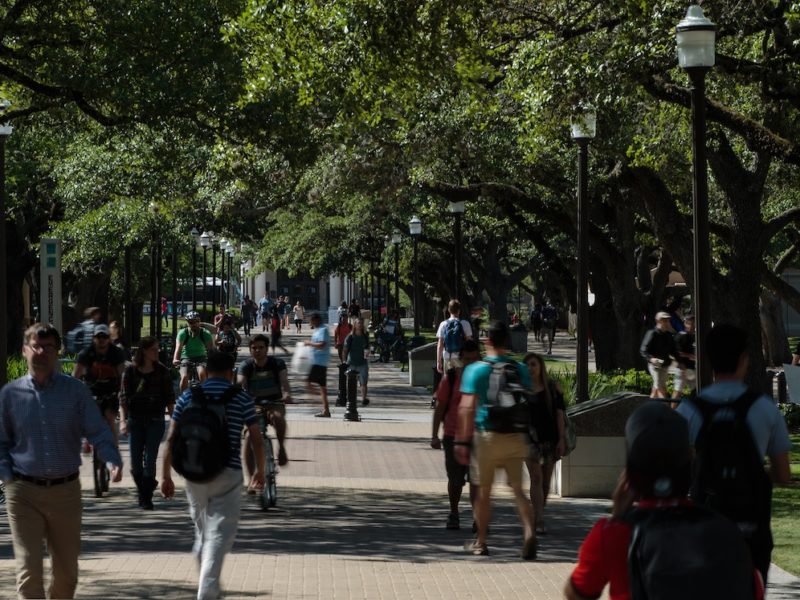Solving Real-World Problems With Unconventional Solutions: Using Bacteria To Heal Wounds

One in 12 Americans are diabetic, a number expected to rise to one in three by 2050.
It’s no surprise then that chronic wounds – a common problem in patients with underlying diseases like diabetes – and related dressing expenditures are also climbing. With costs for related treatments and medical supplies totaling $2.8 billion annually in the United States, a glaring need exists for cost-effective dressing that decreases healing times and reduces pain. Research out of Texas A&M Health Science Center (TAMHSC) might have the answer, in the form of a new, recombinant designer collagen.
Collagen is the most abundant protein in the human body and serves as the major structural building block of most tissues, directing many complex processes, like wound healing. Because of its useful properties, collagen has long been used for wound dressings, bone grafts and other vascular applications. Specific cues within collagen offer the blueprint that cells follow to heal wounds, or even make new bone. However, only animal-derived collagen is currently available, leaving no opportunity to enhance collagen’s natural cues, until now.
Founded on an initial discovery from researchers at the TAMHSC Institute of Biosciences and Technology (IBT), ECM Technologies – a Houston-based biotech startup – is looking to bring a new, bacterial-derived designer collagen to market. Unlike mammal-derived collagens, the designer counterpart can be engineered to contain cues for specific, unmet biomedical needs.
To learn more about this research, see Vital Record.
This article by Holly Shive originally appeared in Vital Record.





